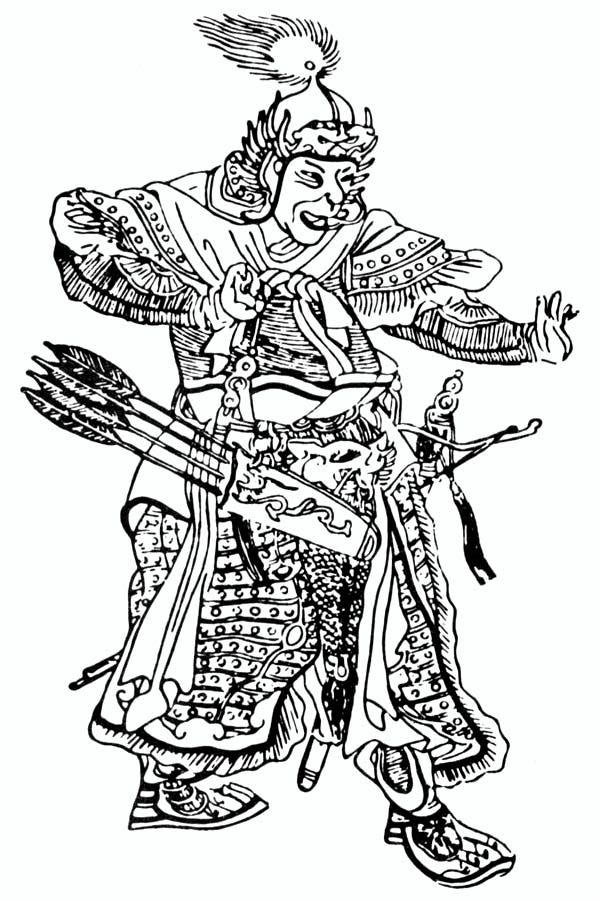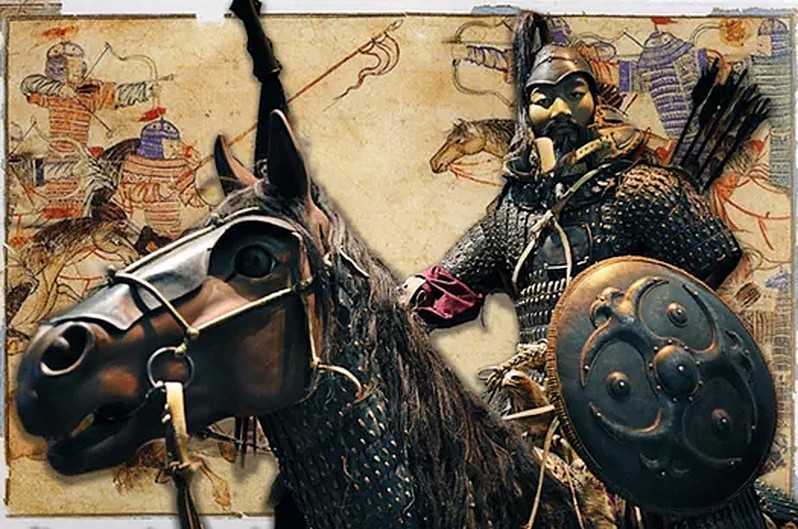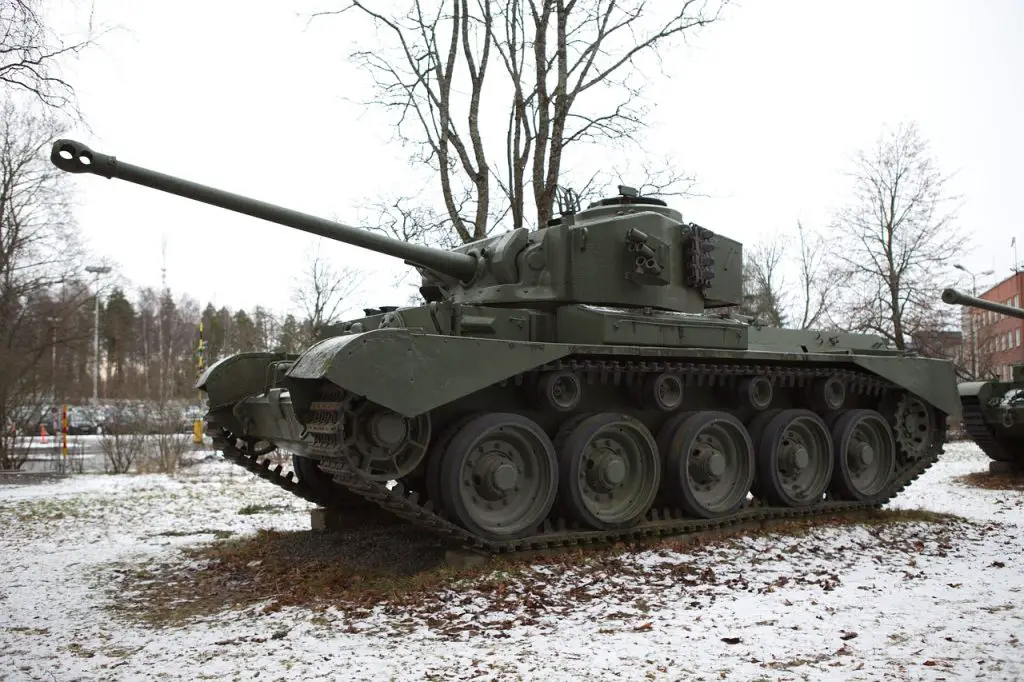 ubutai was a lowborn son of a blacksmith, who became Genghis Khan‘s chief of staff of the armed forces. He joined the Genghis’s army at the age of 14 and died 60 years later as the best Mongol general, achieving almost divine status among the Mongols.
ubutai was a lowborn son of a blacksmith, who became Genghis Khan‘s chief of staff of the armed forces. He joined the Genghis’s army at the age of 14 and died 60 years later as the best Mongol general, achieving almost divine status among the Mongols.
Genghis Khan said he had four dogs of war: Jebe, Kublai, Jelme, and Subutai.
Early on, Genghis recognized Subutai’s talent for war and involved him in military discussions. He gave him an experienced mentor, Jebe, another elite Mongol general.
During his 60-year-long military career, Subutai led over 20 military campaigns and won 65 pitched battles against 32 nations.
Subutai overran more territory than any other commander in history and never lost a pitched battle.
Subutai successfully fought in Mongolia, China, Central Asia, Georgia, Russia, Poland, and Hungary.
In the 13th century, when the fastest way of traveling by land was on horseback, Subutai conquered the Chinese capital of Kaifeng and defeated the Hungarians at Mohi. The distance between these two locations is 13,000 kilometers!!!
Subutai’s military successes were largely forgotten only to be rediscovered in the 20th century.
The Great Raid of 1220-1223
After helping Genghis Khan conquer the Khwarezmian Empire, Subutai embarked on a daring raid around the Caspian Sea, known as the Great Raid of 1220-1223. This raid covered 9,000 kilometers in a span of three years, making it the longest cavalry raid in history.
For this raid, Genghis Khan provided Subutai and Jebe with a force of 20,000 Mongol cavalry.
During the raid, Subutai achieved several remarkable victories. He destroyed the Georgian army, which was preparing to join the Fifth Crusade and had 35,000 soldiers. Using a feigned retreat, he lured the knights away from the infantry and defeated them. The remaining infantry was no match for his archers.
After crossing the Caucasus Mountains, Subutai defeated steppe warriors before defeating an 80,000-strong Russian army in 1223. Following this victory, Subutai returned home to fight against the Chinese.
Subutai was a versatile military commander
Subutai possessed remarkable skills in moving his armies through difficult terrains such as dry and hot deserts or high-altitude mountain passes with 1.5 meters of snow, such as in the Caucasus and Carpathia regions.
Despite the challenges of communication and transportation in the 13th century, Subutai successfully led invasions of Russia, Poland, and Hungary, which were 7,500 kilometers from Mongolia. On one occasion, his army traveled 1,200 kilometers in just seven days.
He divided his armies into 3 to 5 branches, which operated 1,000 kilometers apart. Each branch had its own targets, which were attacked simultaneously. After achieving their individual objectives, the Mongols met at an agreed location to wage war against by that point disoriented enemy.
During his attack on Europe, Subutai fought two battles just two days apart, one against the Poles (Battle of Legnica on 9 April 1241) and another against the Hungarians (Battle of Mohi on 11 April 1241), winning both.
This level of coordination was unprecedented and allowed Subutai to organize his invading force into multiple contingents to eliminate multiple opponents before they could help each other. All the coordination was achieved without the aid of radio or satellite communication devices.
Subutai’s forces excelled at encircling and surprising enemies before they even knew what was happening.
For example, during the Battle of Sit River in 1238 against the Russians, the Russian scouts were sent out to find the approaching Mongol army, only to return with the news that the Russian army was already encircled by the Mongols. The Russians were ultimately slaughtered.
Subutai applied every trick possible to win

Subutai often found himself fighting against opponents who greatly outnumbered his forces. Consequently, he employed various tactics to achieve victory. For example:
- he relied heavily on spies, who provided him with valuable information.
- he used diplomacy to win over enemies or divide the enemies
- he deceived his opponents by gaining their trust and then destroying them
- he also used smoked screens to mask the maneuvers
- he avoided prolonged sieges. Instead, he destroyed all the food sources near the fortress, thus forcing the people in the fortress to starve and surrender.
- on one occasion, he disguised his troops as families with children to surprise and annihilate the enemy
- he also used fake attacks to confuse the enemy, who did not know which side the true attack would come from.
- he used the tactic of devastation and applied extreme cruelty to conquer nations. As he said, he turned the land into grassland to lower the enemy’s will to resist.
- he mastered the tactic of feigned retreats. At the Battle of Kalka River in 1223, Subutai feigned a retreat that lasted for nine days to stretch out the pursuing Russians. After nine days the 20,000 men strong army of Mongols turned back and annihilated the surprised 80,000 Russians.
- he was one of the first to effectively use artillery fire against the enemy infantry. He used artillery to soften the enemy, a tactic that would be fully adopted centuries later. At the Battle of Mohi in 1241, he used catapults to destroy Hungarian crossbowmen.
Subutai was a true lord of war
Subutai was a highly competent military commander. Whenever the Mongols suffered a critical defeat in battle, they would summon Subutai to take charge. Under Subutai’s leadership, the Mongols consistently emerged victorious.
There was an instance where a Mongol prince had been unsuccessfully besieging a fortress for weeks. However, upon Subutai’s arrival, the fortress fell in just three days.
The Mongol nobility even sent their own sons to fight alongside Subutai, recognizing him as an exceptional leader and teacher.
During the Mongol invasion of Europe, although Subutai was officially under the nominal leadership of a Mongol prince, it was clear that the army followed Subutai’s direction and expertise.
Conclusion
Subutai retired to Mongolia and died of old age as a legend in 1248. He was 73 years old.
“No Mongol general played a greater role than Subotei Ba’atur in establishing and maintaining the early Mongol Empire…in his old age, Subotei saw a mighty dominion stretching from the borders of Hungary to the Sea of Japan, from the outskirts of Novgorod to the Persian Gulf and the Yangtze River. He had no small part in creating it.”
— Paul Buell
The reason why only history buffs know about Subutai is that he was forgotten by Western historians for 700 years, despite his devastating conquests of armies from Russia, Georgia, Hungary, Poland, Bulgaria, and Constantinople. It wasn’t until the 20th century that Subutai was brought into the spotlight.
Military geniuses such as Erwin Rommel and George Patton studied Subutai’s military campaigns, and the Soviets developed their Deep Battle military doctrine based on his tactics. Many modern principles of mechanized warfare were inspired by Subutai and his Mongols.
Subutai truly was a lord of war!

History junkie.





